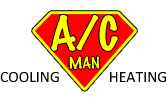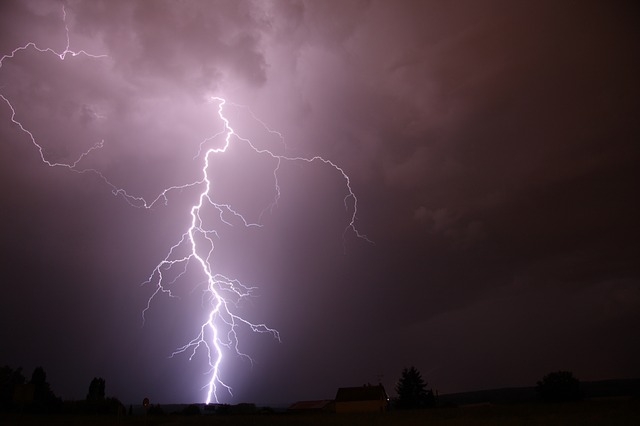Top-Rated AC Repair Company: How to Shut Off the Power to Your Air Conditioner
When you are repairing your air conditioner or installing a new unit, you must turn off the power to the unit. Turning off the power not only protects you from getting shocked, but it also protects the equipment from power surges that can damage the unit. Before turning off the power, you need to turn off the heating and cooling system by turning off the thermostat. If you are considering changing out your thermostat to a new Nest thermostat, you will want to ensure that the power is completely off for your thermostat and your heating and cooling system. If you are unsure how to install a new thermostat, install a new heating and cooling unit or repair your existing system, an AC repair company can help.
Switches That Control The Cooling And Heating System
You will need to determine which switches control the heating and cooling system in your house. Most of the time, these are found in your breaker box or fuse box; however, many units will have a separate breaker box located outside next to your heating and cooling system. It is important to know that if you have a split heating and cooling system, there may be a switch, fuse or breaker for the heating system and a separate switch, fuse or breaker for the cooling system.
Breaker Box
Most of the time your breaker box will be labeled. If your breaker box is labeled, you can flip the breakers for your heating and cooling system. If your breaker box is not labeled, you can either try to find the breakers that control your heating and cooling system or simply shut off the main breaker. If you opt to shut off the main breaker, you should be aware that it will turn off all power to your home. If you shut off only the breakers to your heating and cooling system, verify that all power to the heating and cooling system is turned off by attempting to turn on the heat setting, the cool setting and the fan of the system by using your thermostat.
Switches May Look Like A Breaker Box
Certain heating and cooling systems will not have a breaker in the breaker box. Instead, it will have a separate small breaker box located near the heating and cooling system. These stand-alone switches may look like a breaker box, or they can look like a light switch. If there is a switch similar to a light switch near your heating and cooling system that does not control a light, switch it off to ensure power to your heating and cooling system is off. Once you have installed your new Nest thermostat, you will need to turn the power back on. If you shut off the main breaker to your house, you will need to reset all of your electronic devices and clocks. If you are in need of AC repair company services for your residential property, click here.
The Five Installation Steps to Follow After Installing a New Thermostat
- Step 1 – Turn off your heating and cooling system at the thermostat. Slide the lever to the off position. Doing this will prevent your thermostat from turning on when you turn the circuit breaker on.
- Step 2 – Go to your circuit breaker box. Your circuit breaker box can be in several locations, such as the garage, the basement, your laundry room, in a closet or on the exterior of your home.
- Step 3 – Reset the circuit breaker for your heating and air system. Find the breakers that are marked heating and cooling and move them to the on position. If the breaker is in the neutral position, you will need to turn the breaker off and then back on.
- Step 4 -Wait 30 minutes. Your heating and air system must have time to reset the internal circuit breaker.
- Step 5- Turn the thermostat to cool and begin enjoying your new Nest thermostat. If your breaker trips when you turn your thermostat on, you may have another issue. Try resetting the circuit breaker. Call for immediate assistance. If this does not work, contact your local AC repair company.

 Make sure loose items are put away or tied down. Severe weather often brings gusty winds along with it. If the wind is strong enough, it can wind up blowing objects into your outside condenser unit, causing damage as a result. In severe cases, it can even blow your entire condenser unit over. By securing any loose objects before bad weather hits, you can reduce the risk of damage.
Make sure loose items are put away or tied down. Severe weather often brings gusty winds along with it. If the wind is strong enough, it can wind up blowing objects into your outside condenser unit, causing damage as a result. In severe cases, it can even blow your entire condenser unit over. By securing any loose objects before bad weather hits, you can reduce the risk of damage.